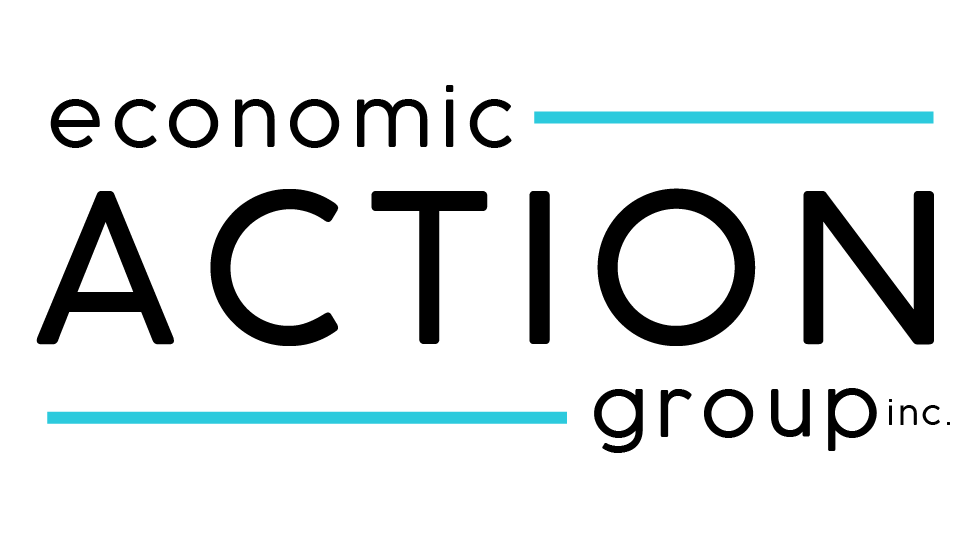Parking System
A fully integrated parking system is a primary component of revitalization efforts. Accessible and convenient parking is necessary for economic development. A parking system is a management plan with several parts that govern how on-street and off-street parking is utilized.
The system prioritizes users of parking facilities in the order below:
1. Delivery & service vehicles
2. Vehicles used by people with disabilities
3. Rideshare and transit vehicles
4. Customers, tourists, and visitors
5. Employees and residents six Long-term vehicle storage
Downtown is older than the automobile so it must accommodate the presence of cars and
trucks while considering its long-term economic goals. In the past, free parking was
considered a good idea based in part that it is free to park at commercial properties such as
malls. However, this parking is not really free because it is paid for by the consumers in the
form of rents, taxes, and wages of those that shop. Therefore, un-priced or free parking isn’t
really free and is unfair because even those who do not park must pay for parking indirectly.
Parking affects property values, travel behavior; development patterns, and is a significant
expense to the public as well as private investors. Poor parking management reduces the
viability of public transportation, undermines walking, lowers development density, and
disrupts the urban fabric. The current parking situation Downtown is oversupplied and
undervalued. If properly addressed, improved quality of service can lead to savings for
governments, businesses, developers, and consumers.
Next Steps:
- Invite parking specialists to Downtown
- Identify and analyze existing parking problems as well as management and operation strategies
- Project supply and demand of parking for proposed redevelopment
- Maintain comprehensive parking inventory Team: Center for Urban and Regional Studies, Eastgate Regional Council of Governments, Economic and Community Development Agency, Law Department, Public Works Department, Youngstown/Warren Regional Chamber, YSU Parking Services
On-Street Plan
On-street parking is preferred for Downtown economic development because it requires less land and is less expensive to maintain. Often, one on-street parking space can substitute for two or three parking lot spaces because on-street parking is occupied by a multitude of users whereas someone might park in a lot for extended periods of time repetitively.
Demand is highest for the most convenient and visible spaces, therefore these spaces should be priced appropriately to reflect their value. A progressive rate structure that favors short term users to increase turnover is preferred. Additionally, on-street parking should be priced to cover annual operation and maintenance. A major component of on-street parking is enforcement. Enforcement can be supported through the use of signs, painted curbs, and maps or brochures that denote where a visitor should park.
Next Steps:
- Publish visitor parking map
- Designate commercial loading zones with time restrictions Streamline parking ordinances
- Prepare feasibility study of on-street parking rates Team: Center for Urban and Regional Studies, Eastgate Regional Council of Governments, Economic and Community Development Agency, Law Department, Public Works Department Off-Street Plan Parking as defined by the boundaries of this Vision and Action Plan , contains nearly twenty acres of parking stalls that can host more than 4,800 cars at any given time. A utilization study was conducted that concluded that peak use of off-street parking was less than 51% overall and even lower in public lots, indicating vast underutilization of parking. Additionally, the current supply of parking in lots and garages can more than absorb any new or future demand for parking given the City’s zoning requirements and the buildings available. However, as a common perception parking remains in short supply. A distorted market, poor landscaping, and the demand for a select few spaces in close proximity to certain businesses cause this misperception. Strategies that should be considered to increase usage include shared parking, parking maximums, remote parking and shuttle services, improved walking and cycling conditions, and increasing the capacity of existing parking facilities. Next Steps:
- Enforce design standards on parking facilities so that they are safe and convenient with universal design
- Reform parking maintenance fees and taxes
- Prepare feasibility study for facilities of rates reflecting land value, operation, and maintenance Team: Center for Urban and Regional Studies, Eastgate Regional Council of Governments, Economic and Community Development Agency Law Department, Public Works Department
